Business owners with big-time aspirations have to attend to numerous aspects of the functioning of their company. They should pay attention to the quality of their products or services, marketing policy, lead nurturing, customer satisfaction, personnel management, etc. In the age of across-the-board digitalization, they have one more errand to do – to opt for the high-tech channel of reaching out to their clientele. And this is where applications come in handy.
While the whole world is swiftly turning into a gadget-driven one, it is natural that mobile apps reign supreme in all industries. Plus, all major-league businesses launch their web apps on a large scale. In both cases, entrepreneurs are to make a crucial choice. If for mobile apps it is the classical Android-or-iOS dilemma, for web apps, it is a different decision. Here, they must choose between multi page web apps (or MPA) and single page web apps (or SPA applications). Let’s find out more about the latter type and see when it is better to leverage them.
What Is a SPA?
As can be easily guessed from the name, a single page app has only one page that loads within a browser by rendering JavaScript code directly in it. While the user works with the app, most of its content doesn't change, which is why no reloading of the page is required for each new interaction with the SPA. It is achieved via obtaining the essential CSS, HTML, and JavaScript codes by the browser after a single initial request.
In case the update of the page elements is needed, any single page application just fetches new data from the web server through JavaScript APIs and dynamically rewrites the content of the current page. As a result, the user gets a close-to-native experience of operating the app and enjoys its natural environment, remaining on the same page with SPA – in all senses of this phrase.
Naturally, such architectural pattern ushers in numerous advantages of single page applications.
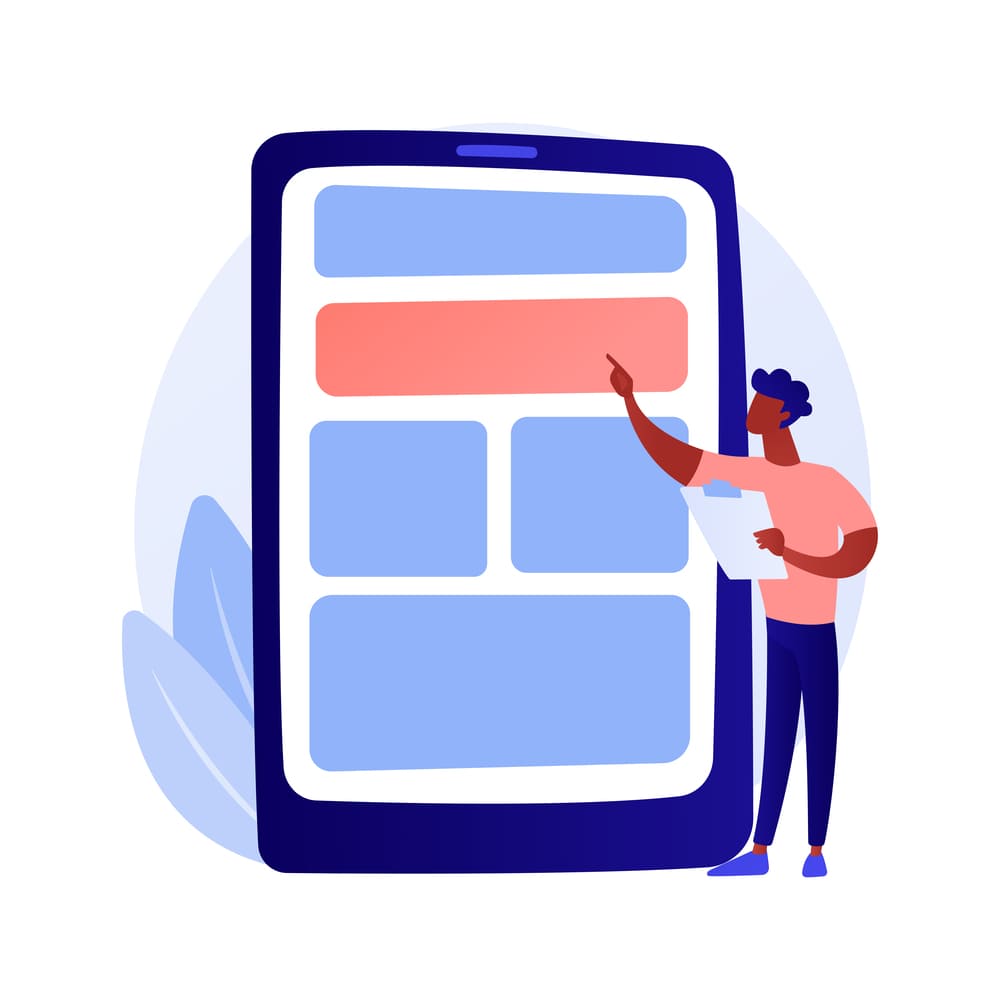
Zooming in on the Benefits of Single Page Applications
Let’s analyze the reasons why single page applications are preferred by many businesses, developing companies, and users.
This is the advantage of single page applications that pleases their users the most. SPAs are superfast. Why? Because most resources they consume (like JavaScript, HTML, and CSS) are loaded only once – when the app is run for the first time. The only alternating element in their lifespan is data transmission – and only in the requested content part. This explains the shorter response time SPAs manifest.
The only-once loading capability of single page applications spells less consumption of the bandwidth they rely on. Thanks to it, a slower internet connection in some areas is also no big deal for SPAs since it doesn't impact their operation. Besides, they can work offline, which gives them a considerable edge over MPAs.
Most of it comes from the high loading speed of SPAs. In our fast-paced world, users don’t like to wait for more than a couple of seconds for the page to appear on the screen of their gadget, and if it doesn’t happen they are likely to leave the app soon. But the superb UX single page apps yield isn’t limited to their agility. With SPAs, people get an easy linear experience when scrolling is incessant. They don’t have to follow innumerable links, which annoys them a lot. This advantage of single page applications is especially valuable for mobile users for who one-hand scrolling is a favorite habit.
Sending just one request to the server allows SPAs to cache data efficiently and makes offline functioning possible. If the connectivity break occurs, the local data may be synchronized with the server later as soon as the connection is restored.
For any software development company, building a SPA is a godsend. Developers don't have to spend ages writing code and rendering pages on a server. Instead, the server-side code can be reused. Besides, the decoupled architecture of single page apps allows specialists to separate frontend development from backend creation. Due to it, the app is actually turned into a service where the backend functionalities remain the same, whereas engineers can focus on frontend design and experiment with approaches and techniques for improving it.
Moreover, the same backend APIs can be utilized for building both mobile and single page applications examples, which facilitates the information flow and reduces the development time radically, thus enabling the fast creation of native mobile apps.
Since most of them are built with the help of popular SPA frameworks, the debugging of single page apps requires nothing more than good old Google Chrome, where you can track network operations, investigate page components, and monitor data associated with the application. Google Chrome capabilities can also be reinforced with specialized developer tools for Chrome that can enable you to view data caching and requests from the server. Such operations are a cakewalk in comparison with the debugging routine MPAs should be subjected to when developers have to go through thousands of code lines.
The single code base SPAs rely on allows developers to build apps that will be able to run on any browser, device, or operating system, thus making universality one of the weightiest benefits of single page applications.
Alongside displaying numerous upsides, single page applications have some downsides as well.
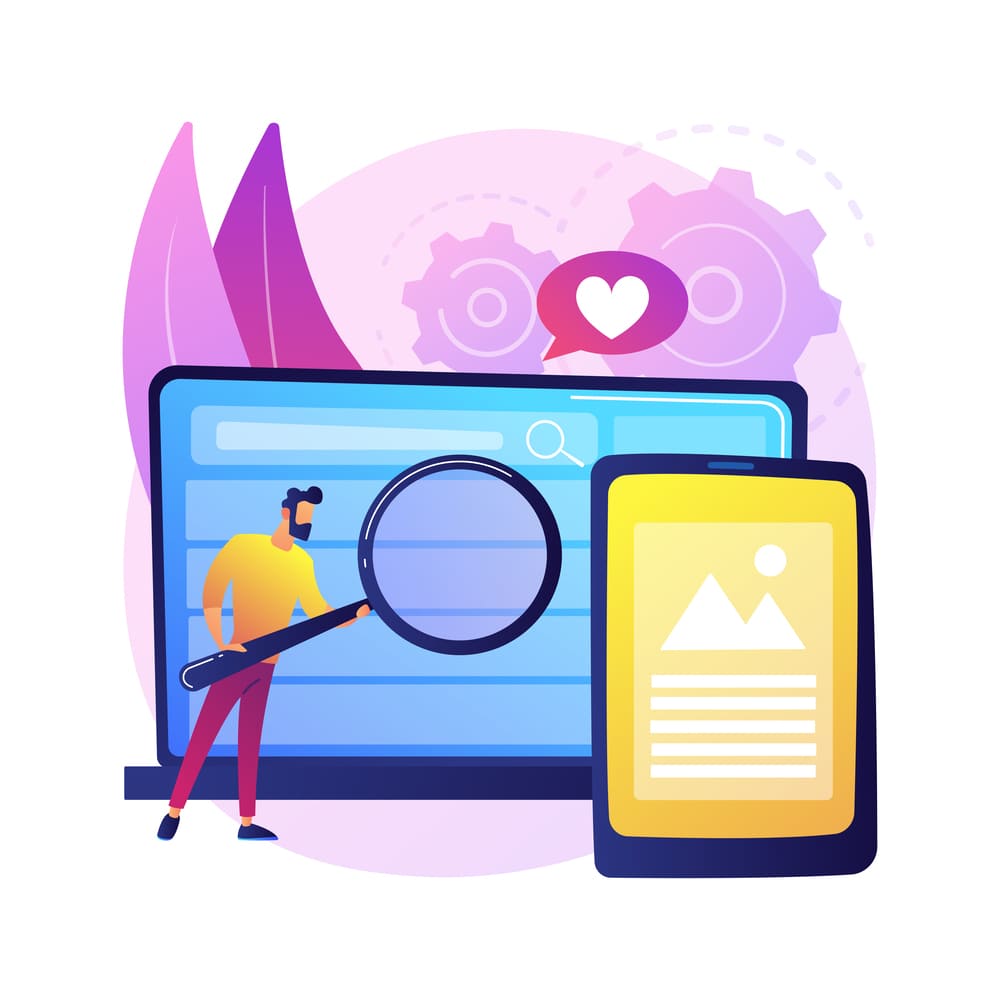
Cons of Single Page Applications Exposed
What are the demerits of SPAs?
-
Slow initial load. Storing cached data for later use causes a longer initial download, so the complete site takes a while to appear on the screen.
-
Poor SEO potential. Since the architecture of single page applications examples has only one page with one URL (with no changes or exceptional addresses, too), their SEO is a tough row to hoe. The absence of unique links, metadata, and indexation limits SPAs’ optimization efforts to server-side endeavors.
-
Lack of browser history. Single page apps just don't store it. This is because when a user presses the back button, they return to the previous web page but not to the prior state of the SPA. Such a drawback can be neutralized by leveraging HTML5 History API, with the help of which developers can prepare a SPA framework they utilize in building single page apps.
-
Substandard security. Even the best single page applications examples are no match for MPAs in terms of security. The major vulnerability they suffer from is the cross-site scripting (XSS) threat exploited by cybercriminals to inject client-side scripts into a SPA and thus compromise it. Besides, access control at the operational level is inadequate, so developers should take precautions to keep sensitive data from exposure.
As you see, single page applications have their pros and cons in comparison with MPAs. Which is a better option?

When to Use a SPA?
Of course, you can’t decide between these two web app types without considering the purpose of the solution. A SPA will be a poor choice if you are going to open an online store or launch a site with lots of content. As a seasoned software vendor that has delivered numerous high-quality products, we at SolidBrain recommend opting for a single page app for the following use cases.
-
A website with small data volumes and a dynamic platform.
-
A website that requires little SEO (for instance, social networks, closed communities, or SaaS platforms).
-
A mobile app for an already existing website.
-
A solution where seamless interaction (like live updates for real-time charts and data streaming) with consumers is prioritized.
-
A solution offering a consistent and dynamic UX across various devices, browsers, and operating systems.
Still not sure whether a SPA is what you need for your project? Then check out some blue-chip companies that run single page apps.
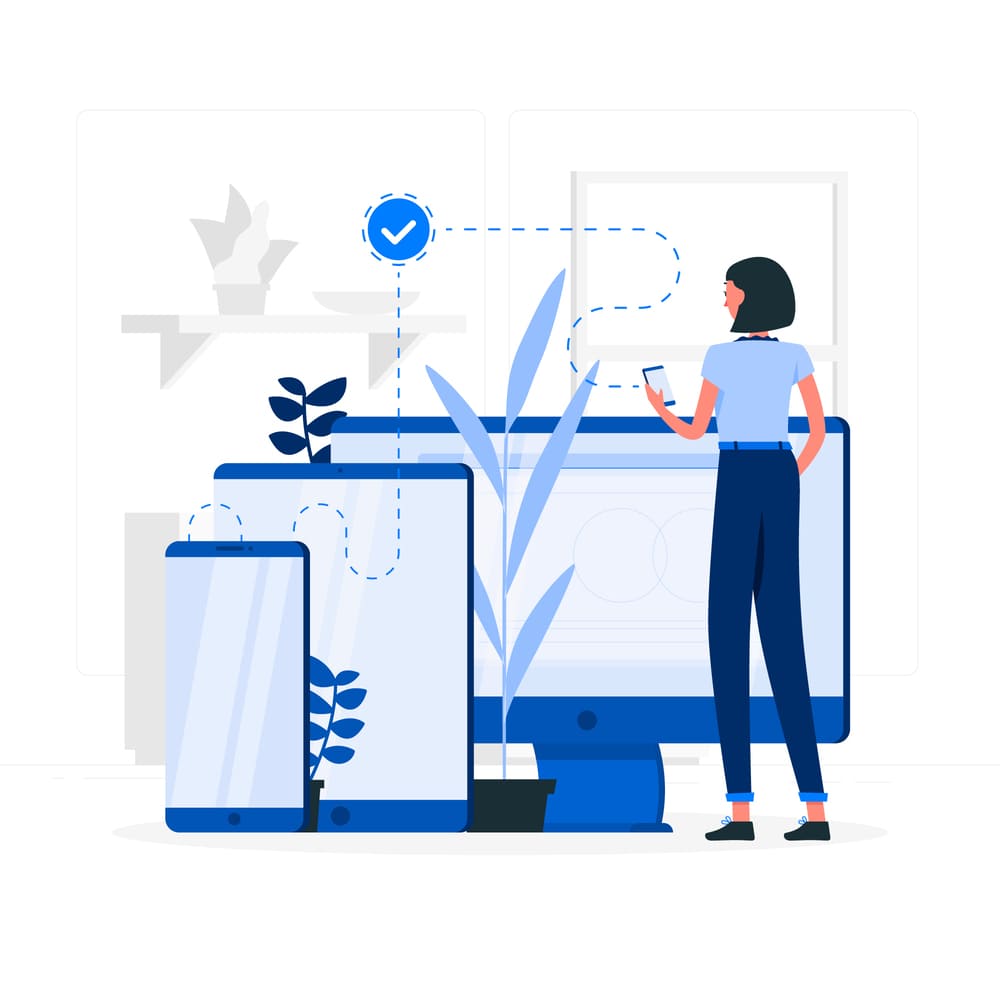
Single Page Application Examples Showcased
Here are the top three major-league behemoths whose popularity rests on single page applications they have launched.
Netflix
This streaming service utilizes all the assets of running a single page app to let its customers enjoy movies and TV shows. The content is delivered smoothly and without much lag despite the massive volume of the streamed data and the enormous quantity of people using the service.
The news feed of this global social media is an example of single page application. When a user scrolls through the past videos or clicks different buttons, certain chunks of content are loaded on the Facebook page, and you can stay on it to proceed with your experience.
Gmail
Whenever you open messages in your inbox, other elements of the page (like the header and sidebar) don’t change. The SPA allows further navigation across the site by loading server content with the help of JavaScript.
Sounds impressive, doesn’t it? Well, you can emulate the success of these brands by launching your own single page app. The main thing is to approach SPA development properly.
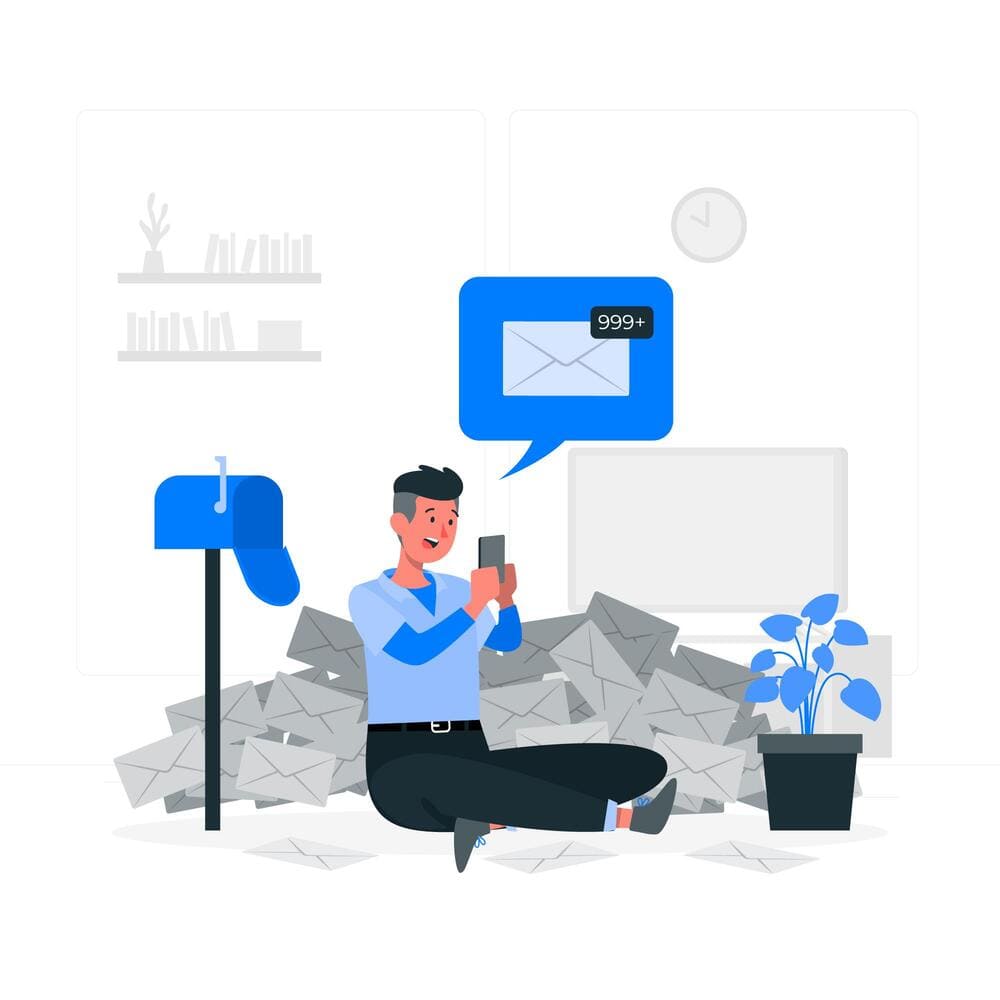
Tips on Building a Single Page Application
Having a decade-long experience in the field of software development, vetted mavens of SolidBrain would like to offer advice that will help you to build a robust SPA.
To tackle a SPA project successfully, the developers must have proficiency in JavaScript, HTML, and CSS. The minimal roster of a high-performing dedicated team comprises a UI/UX designer (to deal with the aesthetics and usability of the app), a JavaScript specialist (to write the frontend code), a backend engineer (to connect the server and the app’s interface), a QA expert (to ensure the SPA’s functioning is error-free), and a project manager (to guide and monitor the development process). In case the scope of the project is considerable, the number of specialists in any position can be increased.
You should define the project timeline in accordance with the app’s complexity, feature list, and team composition during the planning phase. Then, each stage of the development pipeline is to be determined and its deliverables established. After this is done, you can figure out the sum to be allocated to see the project through.
Single page applications can be organized through client-side rendering (CSR), server-side rendering (SSR), or static site generators (SSG).
SSG is just what the doctor ordered for static pages. CSR is typically selected for high-traffic websites to avoid excessive server communication and speed up the site's performance. On the flip side of it, SPAs with this architectural pattern may cause browser's overwhelming since they use the device's resources on a great scale. On the contrary, the SSR arrangement doesn't overtax the browser but retains the high speed of the app.
Anyway, the final choice of the architecture organization depends on the developing team.
This is the mission-critical step, so let's have a closer look at it.
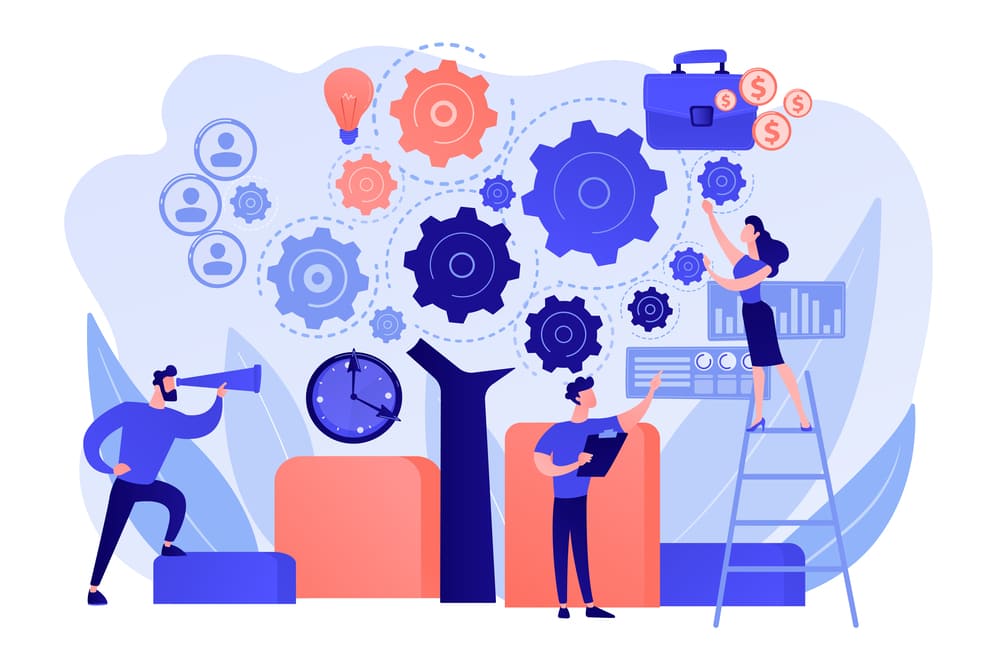
Technologies Used in SPA Development
We have already mentioned the three must-have staples of any single app project – JavaScript, HTML, and CSS. Yet, you will have to add to them some backend tool (like Node.js or PHP), a database (for instance, MySQL or MongoDB), Ajax for deployment, and – most importantly – a SPA framework. What single page application frameworks are the most popular today, and which is the best framework for SPA among them? It’s your pick.
This brainchild of Facebook is an open-source library employed by Instagram, Airbnb, Skype, and other big names for UI development (which is the primary mission of React). It has a vast number of contributors on GitHub whose help and advice will be a good crutch if you have some problems or questions. Another universally recognized forte of React is its wide integration opportunities with several technologies and frameworks. On the whole, thanks to its mild learning curve and utmost flexibility, React is an excellent choice of a SPA framework if you are a novice in the realm of app creation.
This is one of the oldest single page application frameworks available currently, which spells maturity and a sizable community of developers well-versed in its employment. Among other assets of Angular.js, we would like to mention its extensibility, flexibility, and compatibility with multiple third-party libraries. Controllers, in combination with plain JavaScript, allow developers to maintain, test, and reuse the code they have written. Efficient server communication in Angular.js is provided via deep linking and form validation. In a word, the framework offers a readable and expressive environment based on data binding to build diverse applications quickly.
Despite the fact that Vue.js is a comparatively young SPA framework, it has managed to rapidly increase its popularity and attract such big names as Alibaba, Baidu, and GitLab that use it in their products. One of the most praised upsides of this MIT-licensed open-source ecosystem is its ability to be instrumental in designing exquisite user interfaces. The primary focus of this versatile framework (that can be scaled to the library at need) is the view layer of the application. All in all, Vue.js is the most lightweight of the enumerated frameworks, but its libraries are extensive enough to tackle complexities in big-size SPAs.

Key Takeaways
Single page applications (or SPAs) are web apps that consist only of one page whose content doesn’t change in its entirety while a user performs operations on it. If some components of the page need an update, the new data is obtained from the server via JavaScript APIs.
Having some minor and surmountable deficiencies, such a simple design model promises a number of serious perks to users, namely better performance, superb UX, and efficient caching. Developers of SPAs appreciate no-sweat building procedure, simple debugging, and cross-platform compatibility. As a result, a SPA is a perfect fit for small websites with moderate data volume or streaming platforms that provide robust user experience across various devices and browsers.
Being not that hard to create, a single page app is still a no-nonsense endeavor that should be entrusted to experts in the niche. The specialists of SolidBrain possess the necessary skills and experience to select the right tech stack, form an efficient project team, and tackle a full-cycle development of a single page application for any industry and use case within the stipulated time and budget. Contact us to obtain a high-end SPA that will impress you with its smooth performance and affordable price.



